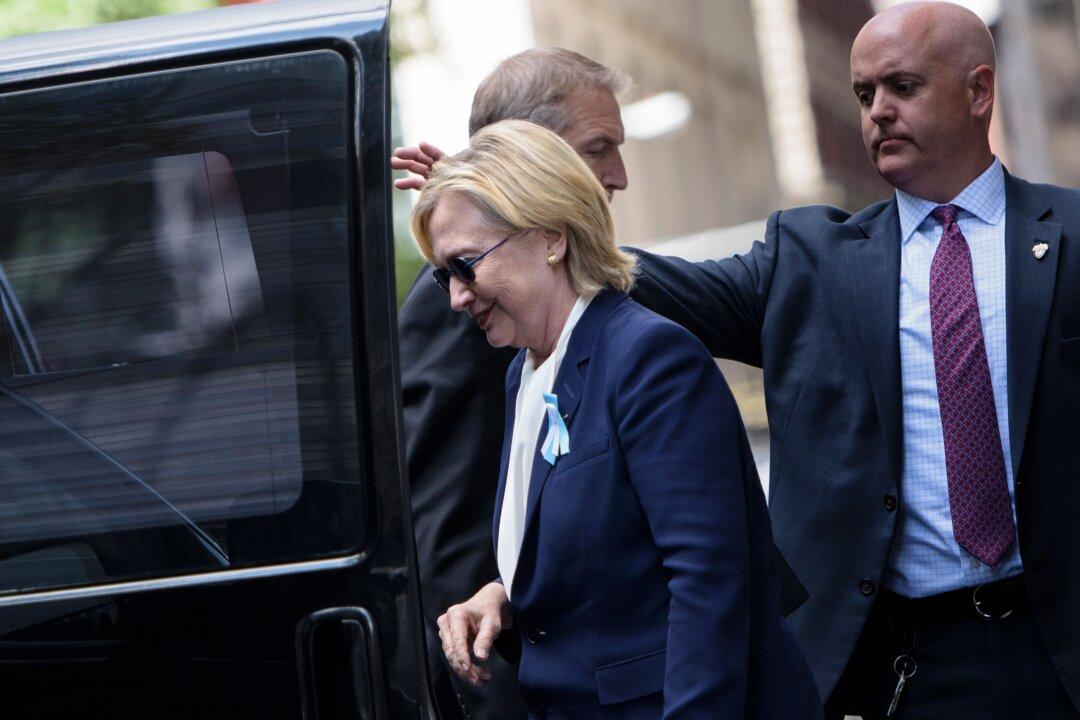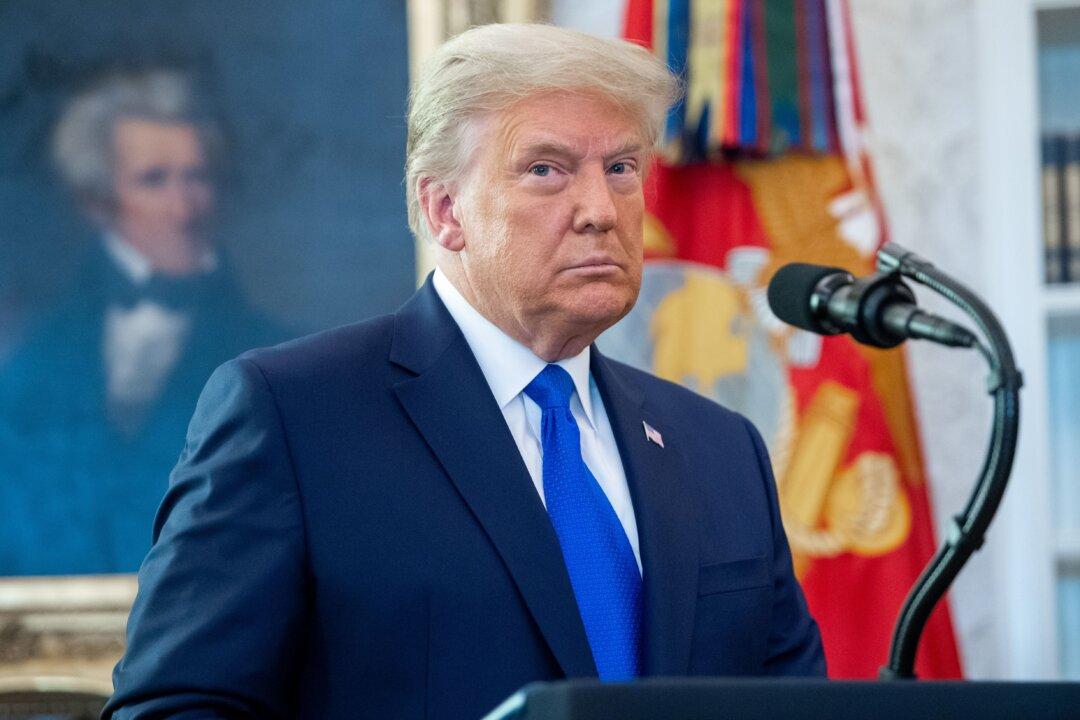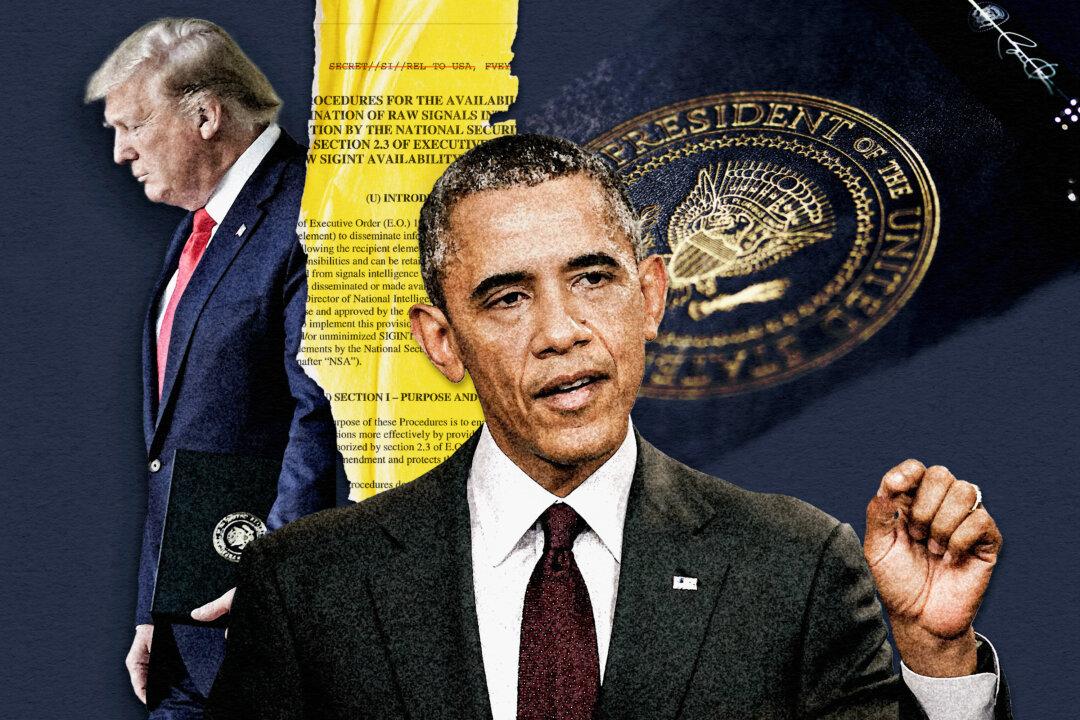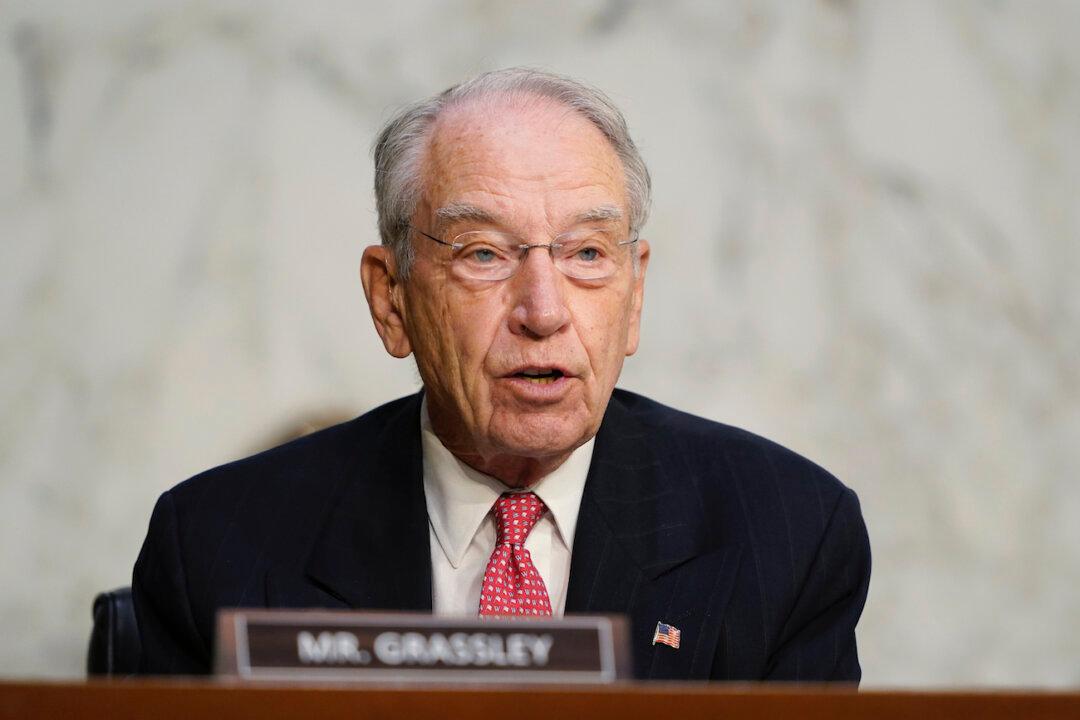Information paid for by the Clinton campaign targeting Donald Trump made its way to the highest levels of the FBI and the State Department, with a sophisticated strategy relying on the personal connections of hired operatives.
At the center of the multi-pronged strategy to disseminate the information were Fusion GPS co-founder Glenn Simpson and former British MI6 spy Christopher Steele. The operation was funded by Hillary Clinton’s campaign and the Democratic National Committee (DNC).





